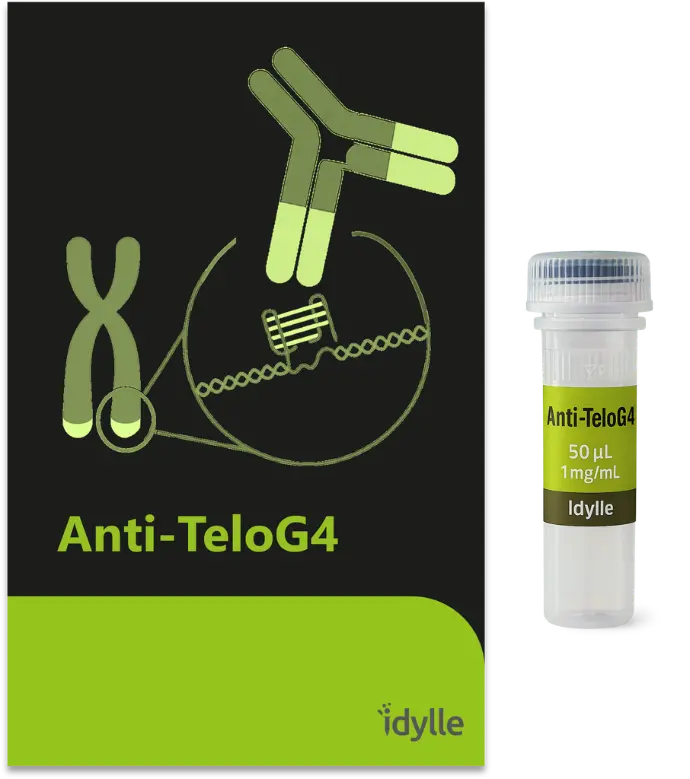
Who is
Natale Scaramozzino
?
Dr. Natale Noël Scaramozzino is a research engineer at the Laboratoire Interdisciplinaire de Physique (LIPhy), Université Grenoble Alpes / CNRS. Specialist in microbiology, molecular biology, and phage display, he develops innovative biosensors and antibody selection platforms to detect DNA structures and volatile compounds. His work bridges biotechnology, diagnostics, and artificial olfaction, with numerous publications on biosensors and pathogen detection.
Two minds, one fold: A Chemist and a microbiologist tackle G4s
At the crossroads of chemistry and cell biology, Eric Defrancq (CNRS, DCM Grenoble) and Natale Scaramozzino (CNRS, LiPhy) joined forces to solve a molecular puzzle that had challenged researchers: how do you specifically detect a G4 DNA topology (and not just the sequence) ?
For Eric, the journey started over a decade ago, with the synthesis of a custom DNA sequence designed to fold into the antiparallel G-quadruplex conformation, an alternative topology of DNA that arises is rich G-sequences. From there, he and his team developed an ingenious molecular presentation platform to reliably display this structure, creating the perfect antigen to raise highly selective antibodies. As a microbiology expert, Natale introduced the possibility of expressing and selecting antibodies in bacteria through the phage display technique, a method that enables peptides to be presented on the surface of filamentous bacteriophages.
What emerged was Anti‑TeloG4, a monoclonal antibody that finally offers the precision researchers need to explore G4 biology at telomeres without cross-reactivity or signal noise.
A new lens on telomere biology
While most antibodies recognize a mixture of G4 conformations—parallel, hybrid, and antiparallel—and frequently cross-react with non-G4 DNA, Anti-TeloG4 is uniquely specific. It binds exclusively to the antiparallel telomeric G4 structure, with nanomolar affinity and no detectable interaction with other DNA or RNA structures.
It’s been tested in immunocytochemistry, where it beautifully co-localizes with TRF2 at telomeric foci, with a clarity that previous tools couldn’t match.

Why it matters
Anti‑TeloG4 is more than a reagent, it’s the result of rational design, chemical craftsmanship, and biological insight. It gives researchers studying telomere biology, genome instability, or G4-targeting therapies a tool that finally meets the standards of modern molecular biology.